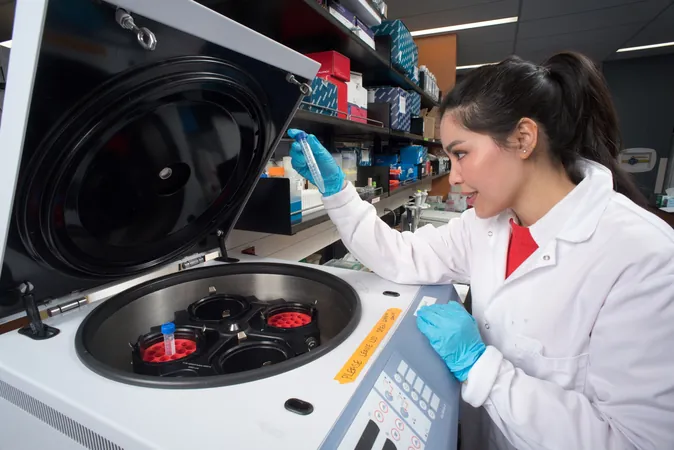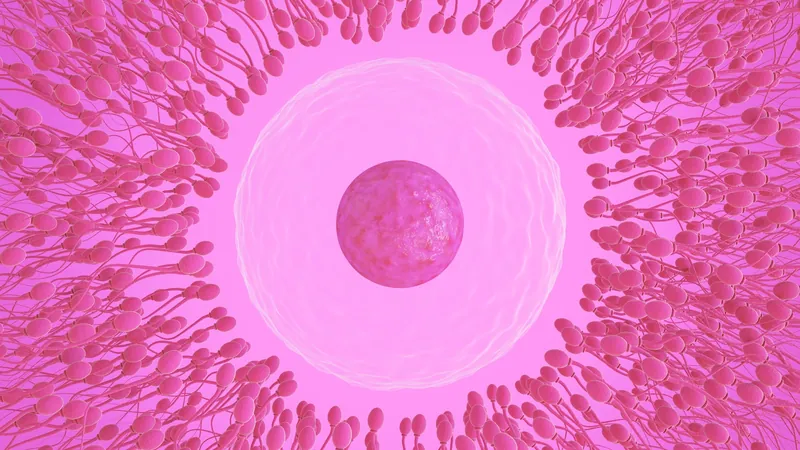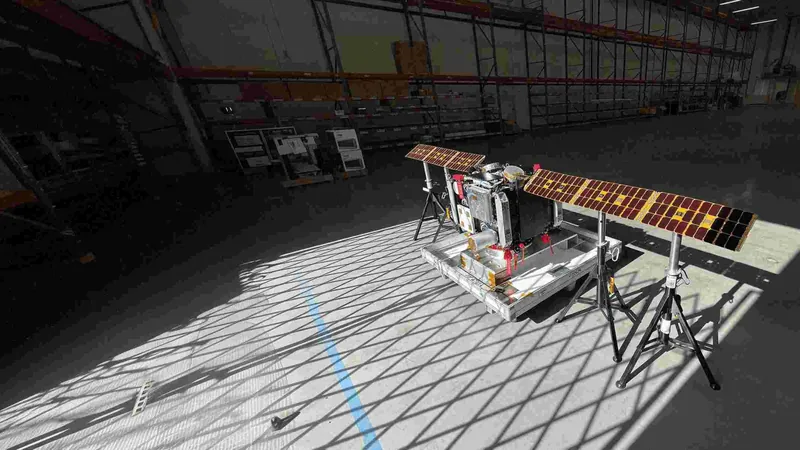
Revolutionary AI Can Spot Autism Just by Analyzing Your Hand Movements!
2025-05-17
Author: Charlotte
Unlocking the Secrets of Autism Through Hand Movements
Imagine if a simple look at how you grasp objects could reveal insights about autism. A groundbreaking study suggests we might train AI to do exactly that! Researchers at York University have harnessed motion-tracking technology to explore the nuanced movements of our hands, uncovering a potential new avenue for autism detection.
How It Works: The Science Behind the Detection
In this innovative study, 59 young adults participated in a series of grasping tasks using only their thumbs and index fingers. With just two motion sensors affixed to their fingers, the participants picked up everyday rectangular items. The simplicity of these tasks belies their importance—by analyzing features like finger speed, hand trajectory, and grip timing, the research team collected crucial data.
AI Takes the Stage: Accuracy That’s Hard to Ignore
The results were astounding! Feeding this data into five different machine learning models, the AI achieved an impressive detection rate of autism with up to 89% accuracy. Across all models, the average accuracy held steady at over 84%. These findings bolster the growing viewpoint that autism isn't solely a social and behavioral issue, but also manifest in subtle motor coordination differences.
A Game Changer for Diagnosis
Everyday movements, like reaching for a cup or picking up a phone, are now seen as gateways to understanding how our brains work. This new method offers a non-invasive alternative to brain scans or lengthy interviews, potentially transforming how clinicians detect autism. Armed with just a couple of sensors and clever algorithms, the future of autism diagnosis could be less daunting and far more accessible.
Looking Ahead: Challenges and Future Directions
While this research opens exciting doors, it also has caveats. The current study focused on young adults with average IQs. Future research is essential to determine how effective this method is for children—pivotal for early diagnosis. The team envisions a future where this technique not only differentiates various subtypes of autism but also lands in schools and pediatric clinics, further enhancing early detection and intervention.









 Brasil (PT)
Brasil (PT)
 Canada (EN)
Canada (EN)
 Chile (ES)
Chile (ES)
 Česko (CS)
Česko (CS)
 대한민국 (KO)
대한민국 (KO)
 España (ES)
España (ES)
 France (FR)
France (FR)
 Hong Kong (EN)
Hong Kong (EN)
 Italia (IT)
Italia (IT)
 日本 (JA)
日本 (JA)
 Magyarország (HU)
Magyarország (HU)
 Norge (NO)
Norge (NO)
 Polska (PL)
Polska (PL)
 Schweiz (DE)
Schweiz (DE)
 Singapore (EN)
Singapore (EN)
 Sverige (SV)
Sverige (SV)
 Suomi (FI)
Suomi (FI)
 Türkiye (TR)
Türkiye (TR)
 الإمارات العربية المتحدة (AR)
الإمارات العربية المتحدة (AR)